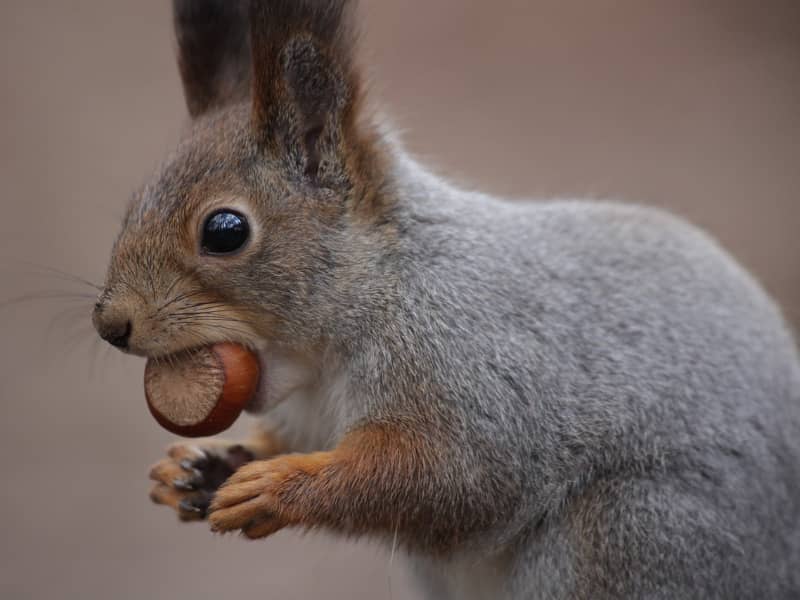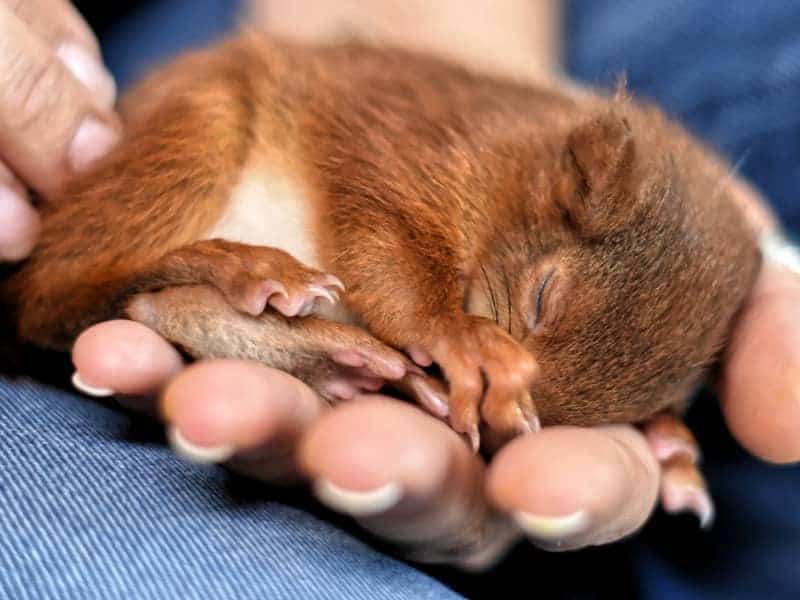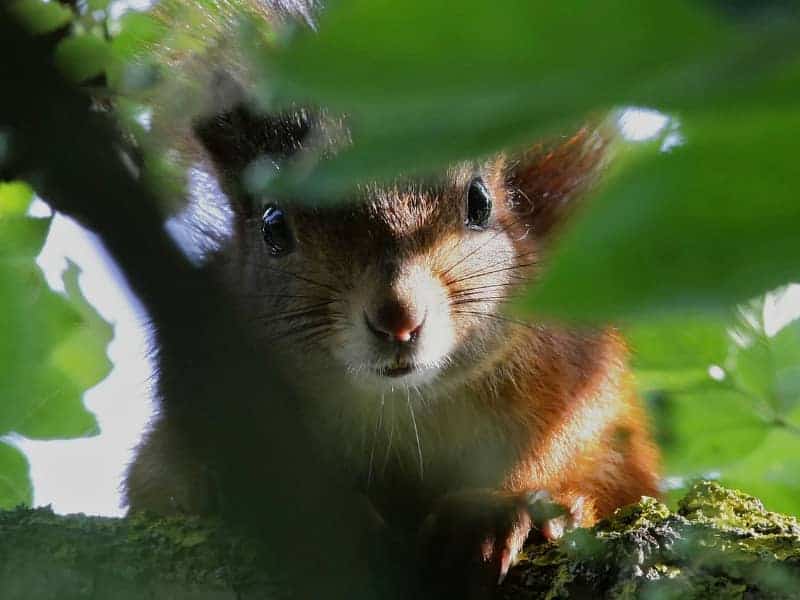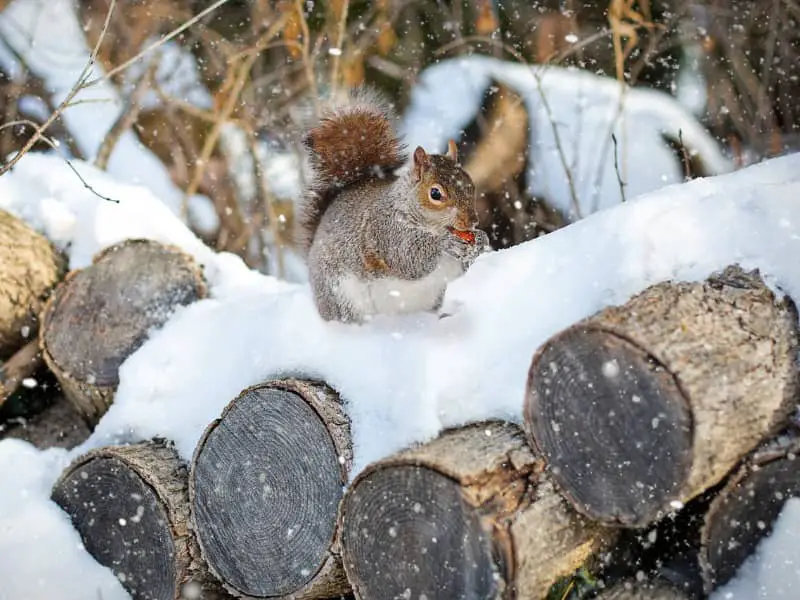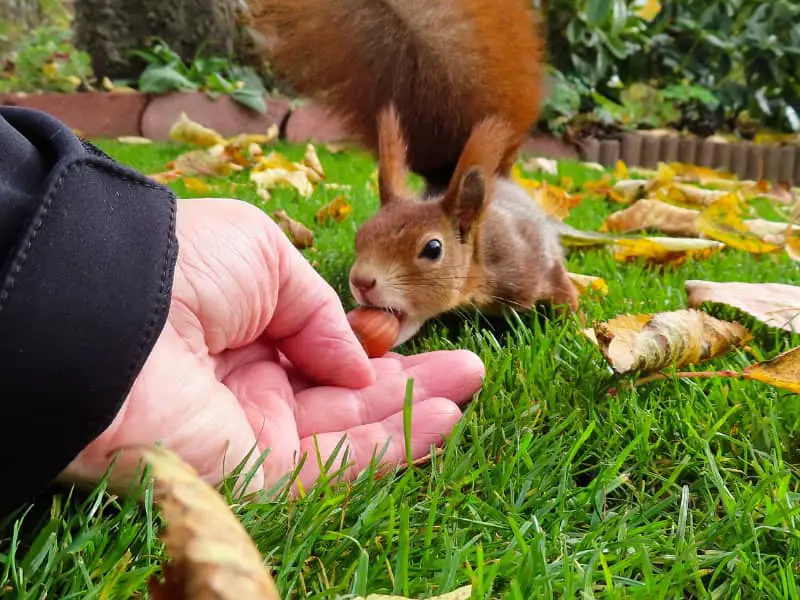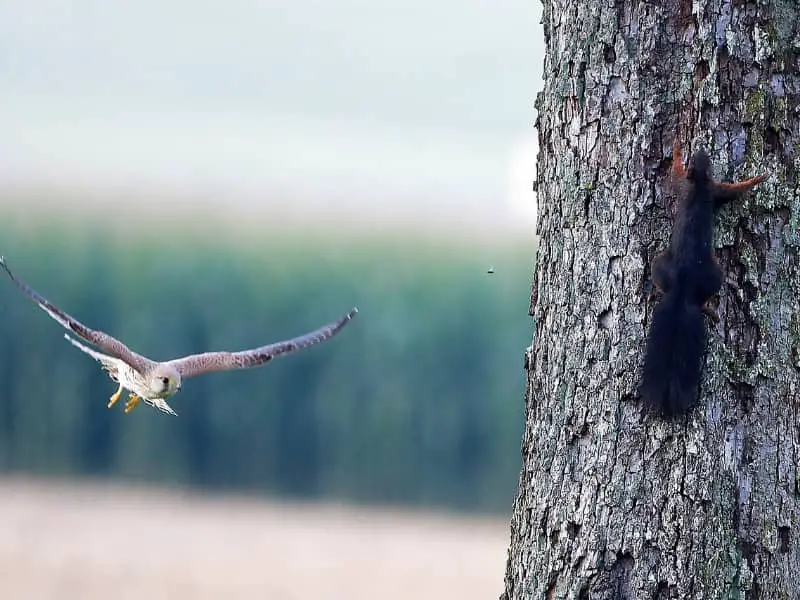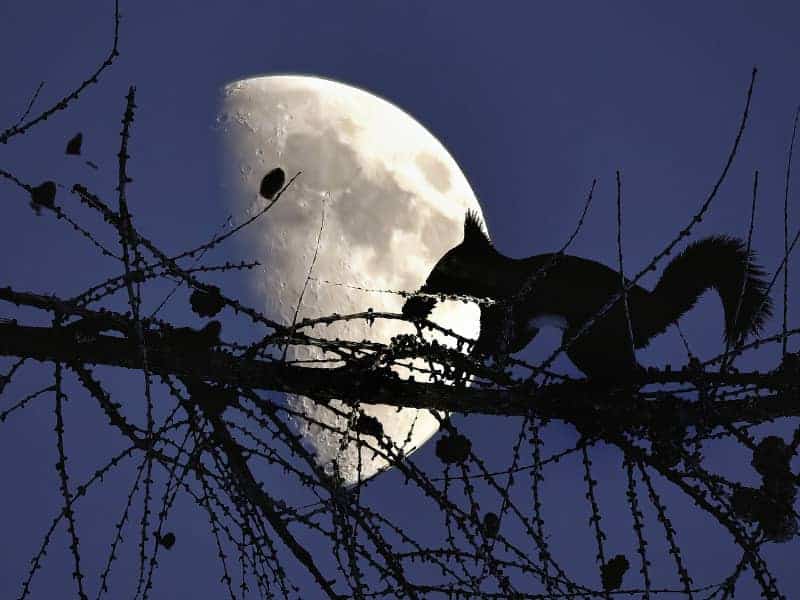
Squirrel without fur
Earlier this year, a squirrel without fur was spotted in a garden in the Ruhr area. In the first moment the sight is frightening, however, you must not fear now that the naked squirrels become the rule among the rodents. We have read up on this in detail and gathered some information regarding fur.
Squirrel without fur attracts attention
The squirrel without fur was not completely naked. It had hair on its ears as well as on its tail. The squirrel was noticed because it kept coming into the garden to help itself to food at the bird feeder. The garden owners became concerned and informed the Squirrel Emergency Aid. The supposedly sick animal was caught with the help of a live trap and brought to a rescue center.
What are the reasons?
After the squirrel without fur was bathed in the rescue center, it was determined that the loss of fur had nothing to do with mites. The animal was given some vitamins to feed up and was presented to the vet. The vet immediately thought it was a genetic defect. To be on the safe side, he did a fungal culture, but the results are still pending.
If the genetic defect is indeed the cause of the squirrel without fur, the animal will probably never be able to be released back into the wild. It will then remain in the sanctuary for the rest of its life and will be given a sufficiently large aviary.
According to the vet, such genetic defects can occur again and again. Then the already mentioned squirrels are born without fur.
Is there a coat change in squirrels?
Both in spring and autumn squirrels change fur. The reason for this is quickly explained. The small rodents have to adapt their fur to the outside temperatures. For this reason, the winter coat is much denser than the summer coat. In addition, it is darker in color, which in turn provides a certain protection for the rodents. You can also observe in winter that the so-called tufts on the ears of squirrels are longer than usual. Did you know, for example, that in winter squirrels also grow fur on the soles of their feet?
It has a similar function as the winter boots with us humans, because it warms the feet of the rodents. If it then comes to the change of coat in the spring, these brushes fall out completely. Incidentally, the summer coat of squirrels consists of a shiny fur with a strong coloring. The undercoat is very thin and sparse, which is a great advantage for the animals, especially in summer.
Why does the fur keep the squirrels warm?
Air that comes close to the animal's body is warmed by the body heat. The squirrel's fur retains this heat so that it cannot be blown away by the wind. Air serves as a good insulator, so the heat generated is not simply released into the environment. The fur in combination with the heated air wraps the squirrel's body so that it does not freeze. In addition, especially in winter, many squirrels more or less cover themselves with their tails in the goblet. This also keeps the heat on the body.
Mites in squirrel fur
Mites in squirrel fur are most often found in the so-called foundlings and animals with poor general condition. The mites resemble small scales, but they move. If the number of mites is within limits, you can try a biological remedy from the pet store. However, a strong mite infestation is always a subject for the veterinarian.
How do bald spots appear on the squirrel's fur?
On the one hand, bald spots in the squirrel's fur can indicate an infestation with mites. However, if there are many spots, so that the animal looks like a squirrel without fur, you can assume the already mentioned genetic defect.
Mites are not always responsible for bald patches in the coat. Sometimes the reason is quite simple. It is simply a nutritional error. For this reason, when feeding a squirrel, you should always make sure that you offer him a balanced and vitamin-rich food.
Author

-
Garden animal - A life with nature
Welcome to my animal blog! My name is Dirk and I am happy to take you on my journey through the fascinating world of animals and gardening.
Born 54 years ago, I have had an insatiable curiosity for the animal world around me since childhood. Although I have moved professionally in other industries, my true passion has always been animals and nature. It is remarkable how a small garden has become such an important part of my life.
Many of my fondest memories are associated with the animals that share our home. Whether it's the curious squirrels that scurry across the trees in the morning, the colorful variety of birds that visit our feeders, or the busy bees and butterflies that pollinate our flowers, every moment with them is invaluable to me.
This blog is my contribution to share my experiences, discoveries and insights with like-minded people. Here I will share stories of unforgettable encounters with animals, give tips on gardening and creating wildlife-friendly habitats, and take you on my journeys through nature.
Thank you so much for being here!
Cordial,
Dirk aka garden animal
Last posts
- 27. February 2024PetsVeganes Hundefutter – Grün und Gesund?
- 18. January 2024ChickensOregano für Hühner
- November 27, 2023HamsterDiurnal hamsters
- November 24, 2023HamsterHamster hammock

